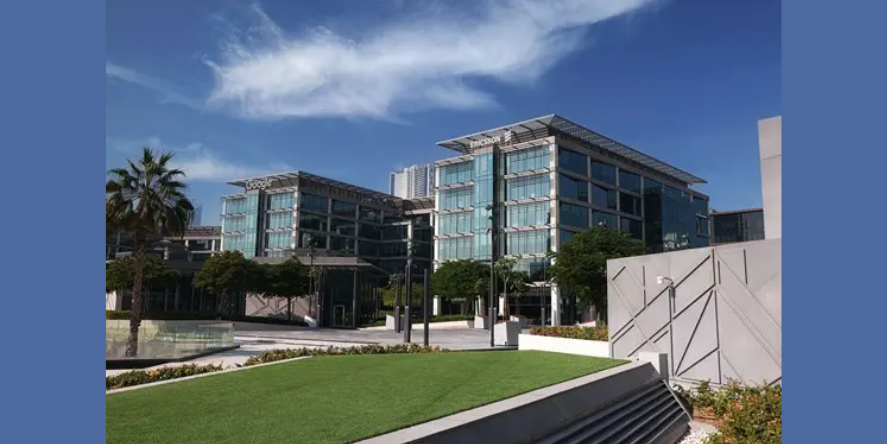Why good DAP technology not only makes work more efficient for workers, but improves their quality of life.
“By 2025, a Digital Adoption strategy will become a core talent acquisition strategy for organizations globally. Digital employee experience will become a top five question on a candidate’s decision criteria on whether to join the organization.
Organizations that do not have a legitimate answer will not merely struggle with first-day churn of new hires but will struggle to attract the right talent and skills because people will simply not want to come to work and put up with the complexity of work.”
I have made eight predictions in my book, The DAP Strategy, published in October 2021 and this is the prediction that has jumped out for those who have read it, given the Great Resignation movement that we are experiencing today.
I don’t think many of us can say, with a straight face, that our experiences with internal technology systems have been pleasant or something we enjoy. Despite this, organizations, boards, and executives have gambled the company on transforming front and back office functions by spending millions of dollars on digital transformation programs that have not delivered on their promises.
It may seem that the act of transformation is sufficient, but those who analyze the impact of change will tell you that new technology brings waves of new ways of working that require the user to learn how to execute ‘new’ digital processes; some of which may not be necessary for daily operations.
In the process of rolling out new tech, the challenge of complexity emerges as users attempt to figure out how to use a wide array of new technologies and processes. These new complexities are what I refer to as obstacles that the baby (new) user needs to navigate through. Essentially, you want to find a way to help the baby user overcome each obstacle so that he can move from crawling to walking to running as he executes processes in the flow of work.
Imagine being able to use a piece of technology without having to sit through a training course or read a manual. Imagine a world in which there was almost no change management on day one of a new release. This is not a fantasy, but a reality, where over 3000 organizations are exploring the merits of a Digital Adoption Platform.
These organizations have realized that their digital transformation programs have failed to live up to expectations because they have missed at least one of the 5 pit stops that can de-risk and accelerate these new ways of working.
1. Insight across the tech stack: Gaining visibility into the existing tech stack to identify where friction exists in the user adoption process using a Digital Adoption Platform.
2. Rethinking system onboarding: Transitioning away from the traditional approach in which this is a classroom exercise that has no impact on the organization’s operations.
3. Just-in-time-help: When users from different generations use technology outside of normal support hours and need immediate assistance.
4. Functional release cycles: Organizations now realize they have to rethink how they incorporate functional releases at their own pace and not rely on product vendors.
5. Re-imagining experiences: Giving users the opportunity to experience technology according to their preferences, perhaps in the form of a conversation outside of the technology and in the process, making it more natural.
Each of these presents a unique opportunity to simplify work and make it easier for the user, the customer, and the organization. The end result is a reduction in friction, less time spent with support, a reduction in handling times, as well as the need to not hire more support agents.
This simpler experience translates into more time spent with the customer to solve problems leading to cost savings, better risk mitigation and in many cases accelerated revenue outcomes; all of which should lead back to the original business case for change.
But does a Digital Adoption Platform make users more efficient?
During COVID-19 in 2021, a wellness organization in North America used their Digital Adoption Platform to deflect over 25k billing inquiries. A European sustainability solutions provider used their Digital Adoption Platform and embedded in-application guidance and automation to a process that was used over 65k times by quote specialists saving them over 250 hours in potentially lost productivity in 30 days.
When you free up time, you create opportunities to get a better outcome for yourself and the organization. When this happens, these outcomes can lead to better rewards from work in the form of bonuses, healthcare et al so that the impact (there is that word again) can be enjoyed by both the employee and the broader ecosystem; healthcare, education, housing, vacation, investments etc.
The workplace moving forward already looks and feels fundamentally different from that of 2019. The events of the last 20 months have put a spotlight on the equity contract between employee and employer and the gap is widening. No amount of fruit baskets or merchandise are going to plug that gap. The Great Resignation is upon us and forcing all of us to question what is important to us.
In September 2021, the US Bureau of Labor Statistics reported that people leaving their jobs voluntarily (quit) hit an all time high of 4.3m people in the United States. A significant majority of these workers were from the retail trade, professional services, healthcare, accommodation and food services sectors.
These were not furloughed workers but individuals who decided to hit the pause button whilst they reevaluated their circumstances. They have choices, better paid choices. In September 2021, the number of job openings was just over 10.4m.
According to some commentators, this is simply due to natural attrition given the stress placed on frontline roles, but a deeper look shows that over 25% of those roles or 1m people are leaving white collar jobs. In my opinion, not all attrition is caused by the equity gap, just as not all attrition is caused by the complexity of work, but when you combine the two, you see patterns such as demographics, levels, and industries.
Christus Health, the faith based healthcare provider put ‘improving patient care’ as a core tenant of their transformation strategy. However, when nurses were confronted with their new financial system, they found it difficult to use resulting in a multitude of errors. They ended up spending less time with patients and more with the technology.
Nurses and members of the finance team were brought together by the Learning & Development team to identify the friction points. As a result, nurses were able to navigate, add, and validate invoice codes, resulting in fewer erroneous patient bills, resulting in $1m in additional monthly revenue. Both nurses and the finance team were able to find a more efficient and effective way to resolve their problem, and some may suggest this helped to enable the quality of care for the patients in the process.
The Great Resignation should not be seen as a bad thing. The recalibration of the workforce should be seen as something natural which should lead to better future outcomes. People will get to hit pause, take time to reflect and re-energise. Many who find new roles will find a candidate’s market and get better paying roles. This reset is ultimately a good thing for the labor market because productivity gets a reset as well.
A Digital Adoption Platform is not the silver bullet to digital transformations nor the Great Resignation but it does help to enable the future of work.
1. Organizations need to build their technology strategies with the hybrid workplace as the destination where a worker can work from anywhere. Organizations will need the flexibility to pivot should another shutdown like we all experienced in 2020 occur again.
2. A Digital Adoption Platform will enable the hybrid workplace strategy of an organization; enabling future generations of employees to decide what type of workplace fits them best; this may be remote, it may be hybrid but it certainly will not be what it used to be.
3. Digital Adoption Platforms were designed to simplify work without the complexity of business process redesign. A DAP helps the user execute business processes seamlessly just like we do the Automated Teller Machine. Imagine if we had to take a 3 hour training program to be certified to take cash out.
Most organizations see the value of improved productivity in terms of increased profits. However, the benefits of a Digital Adoption Platform extend beyond this. Users grow in confidence with each completed task. The ability to do more given the new found confidence and time adds to their self esteem leading to the possibility of extending their skills and creating the multi-faceted employee; an employee who can do more, is willing to do more and empowered to do more.
Over 20m people have begun a movement to simplify their work lives. When they decide it is time to re-engage, their preferences will be fundamentally changed. The Great Resignation has given us all an opportunity to rethink what work should look like. Organizations that do, will leverage a Digital Adoption Platform as a competitive differentiator to attract talent. We might even start seeing a healthier, more mindful environment for employees.

Also Read: Lessons on turning the Great Resignation into the Great Attraction in the Tech industry










